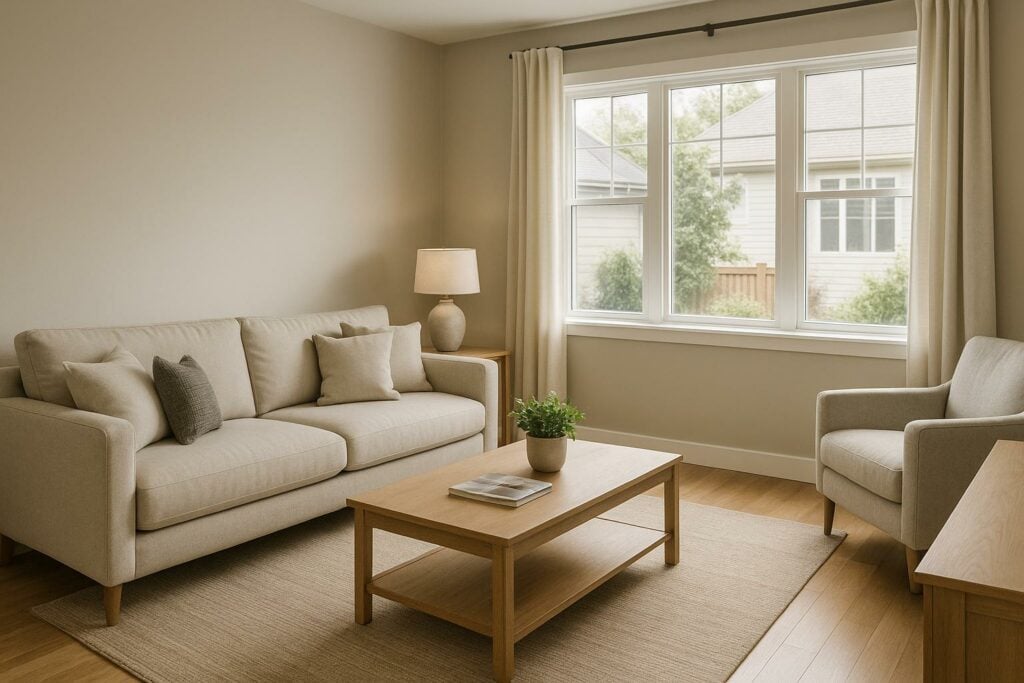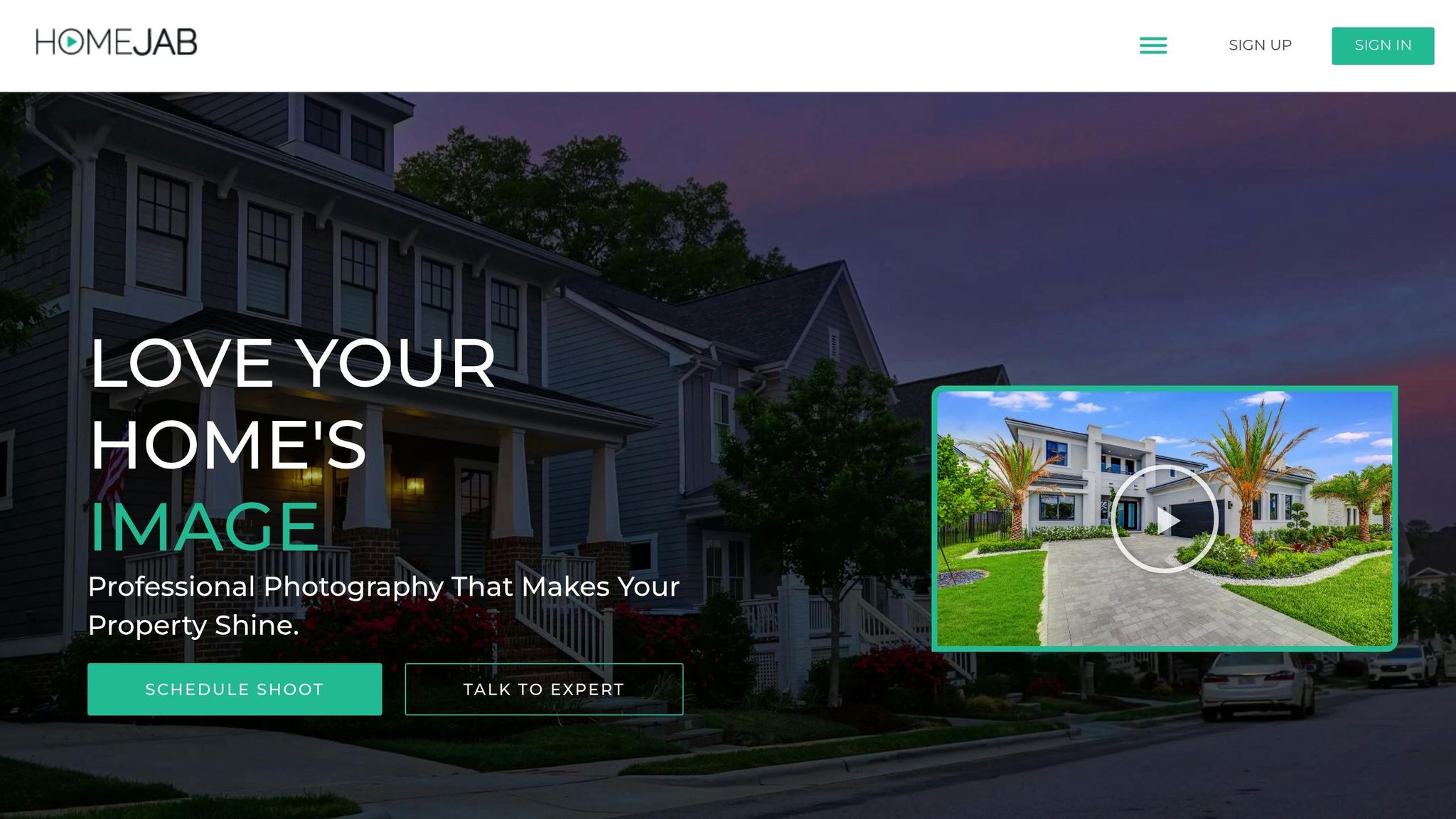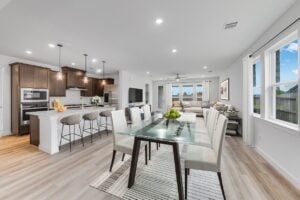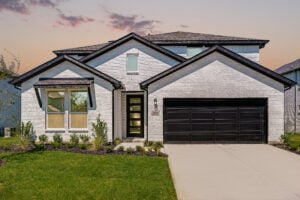Photographing occupied properties requires following privacy laws, obtaining tenant consent, and maintaining clear communication. Here’s what you need to know:
- Tenant Privacy Laws: Always respect tenant privacy. Avoid photographing personal belongings or off-limits areas like closets or storage spaces.
- Written Consent: Secure written permission from tenants, detailing the purpose, usage, and areas to be photographed.
- Notice Requirements: Provide tenants with 24-48 hours’ notice, specifying the date, time, and purpose of the session.
- Privacy Protection: Use wide-angle shots to highlight property features without including personal items. Blur or edit sensitive details if necessary.
- Photo Security: Store images securely in encrypted systems and delete outdated photos promptly.
- Professional Help: Consider hiring professional photographers who follow privacy protocols and deliver high-quality results.
Can My Landlord Take Pictures Without My Consent? – CountyOffice.org
Legal Requirements
When photographing occupied properties, it’s essential to follow legal standards to avoid potential legal or financial trouble. Respecting tenant privacy laws and obtaining proper consent are critical steps in this process.
Tenant Privacy Laws
Tenants have a right to privacy, which includes protection against unauthorized photography. Some important privacy considerations include:
- No entering the property without permission
- Avoiding photos of personal belongings
- Ensuring tenants control how their living space is depicted
- Respecting privacy in areas deemed off-limits
To meet these requirements, always secure and document tenant consent before proceeding.
Getting and Recording Consent
Obtaining written consent is a must. Here’s how to handle it:
- Written Documentation
Use a consent form that clearly outlines the purpose of the photography, how the images will be used, the areas to be photographed, and any specific restrictions. - Lease Agreement Terms
Include a clause in the lease agreement that covers photography consent. Additionally, provide tenants with at least 24 hours’ written notice and offer flexible scheduling to accommodate their needs. - Scheduling and Communication
Keep detailed records of all communications with tenants, and ensure their preferences are respected during the scheduling process.
Skipping these steps can lead to serious consequences.
Penalties for Violations
Ignoring tenant privacy rights can result in hefty fines, lawsuits, or even criminal charges. To minimize these risks:
- Maintain thorough records of consent forms and communication
- Act immediately to address any privacy concerns or breaches
- Document incidents and take steps to prevent similar issues in the future
Always prioritize tenant privacy over any marketing or operational goals. When unsure, it’s better to seek additional permissions than to face legal complications later on.
Working with Tenants
Photographing occupied properties successfully hinges on respectful interactions with tenants, clear communication, and offering appropriate incentives.
Notice Requirements
When photographing a rental property, landlords must provide tenants with a notice that includes the exact date, time (between 7:30 a.m. and 8:00 p.m.), purpose, and areas to be photographed. This notice should be delivered either by hand or mail. Including details about how the images will be used can help foster trust and ensure compliance with legal requirements. Open and proactive communication strengthens this process, making tenants feel informed and respected.
Clear Communication
Good communication is key to gaining tenant cooperation. Property managers should create clear channels for dialogue and maintain professionalism throughout the process.
"Communication is the cornerstone of successful property management. Whether you’re a seasoned landlord or just starting, mastering effective communication can make all the difference in building positive tenant relationships." – ldt_property_management_
Be transparent about the session’s purpose, provide contact information for any questions, and address privacy concerns promptly. Documenting all communications and being upfront about how the photos will be used can help build confidence and ease any worries tenants may have.
Tenant Incentives
Sometimes, a little incentive goes a long way in encouraging tenants to cooperate during photography sessions.
| Incentive Type | Details | Tenant Benefit |
|---|---|---|
| Scheduling Flexibility | Let tenants pick a convenient time | Reduces disruption to their daily lives |
| Privacy Guarantees | Offer written assurance to protect personal items | Provides peace of mind |
| Rent Reduction | Temporary discount during the sale period | Offers financial relief |
Additionally, to address privacy concerns, you might offer to edit photos to blur or remove personal items from the images. This extra step can reassure tenants that their privacy is being taken seriously.
Privacy Protection Steps
Safeguarding tenant privacy when taking property photos requires careful attention to both legal and ethical considerations. By following specific photography techniques and security measures, you can balance showcasing properties with protecting tenant rights.
Photo Techniques
When photographing occupied properties, focus on capturing the space while minimizing personal details. Use wide-angle shots to emphasize architectural features and avoid including personal items. Position the camera thoughtfully to highlight room dimensions without reflecting tenant belongings in mirrors.
| Photography Element | Privacy-Focused Approach | Benefit |
|---|---|---|
| Camera Angle | Shoot from corners at eye level | Captures the room layout while reducing personal details |
| Lighting | Use natural light whenever possible | Improves image quality without invasive setups |
In addition to these techniques, setting clear boundaries on what can and cannot be photographed is essential.
Off-Limits Areas
Certain areas should remain off-limits to protect tenant privacy. Avoid photographing personal spaces such as closets, storage areas, or places containing identifying or valuable items. This not only respects privacy but also reduces the risk of exposing sensitive details.
Photo Security
Handling property photos responsibly is just as important as taking them. Adopt these digital security practices to ensure tenant privacy is maintained:
- Secure Storage: Store all photos in encrypted, password-protected systems and enable multi-factor authentication to limit access to authorized personnel only.
- Safe Sharing: Use encrypted transmission protocols when sharing photos to prevent unauthorized interception.
- Retention Policies: Establish clear guidelines for photo retention, ensuring outdated listing photos are deleted promptly.
"Data protection in property management services encompasses the measures and protocols put in place to safeguard sensitive property and tenant information from unauthorized access, cyber threats, and privacy breaches." – Arise Real Estate
sbb-itb-82c5f45
Professional Photography Services
Professional photographers skillfully blend technical expertise with a strong commitment to privacy laws, ensuring occupied properties are photographed responsibly and effectively.
Professional vs. DIY Photos
Professional photography can make a world of difference in real estate. According to the National Association of Realtors, listings with professional photos get 61% more views compared to those with amateur images. Moreover, properties with professional photography tend to sell 32% faster.
Here’s why professional photography stands out:
- Listings with professional photos command a 47% higher asking price per square foot.
- Sellers using professional photography services earn, on average, $3,400 more per property.
- Real estate agents who use professional photography report double the average gross commissionable income compared to those who don’t.
These statistics highlight why professional services are a smart investment for real estate professionals who prioritize quality and compliance.
HomeJab Services
HomeJab takes privacy concerns seriously, ensuring that every photo respects tenant boundaries while showcasing properties at their best. Their offerings include:
| Service Type | Features | Privacy Focus |
|---|---|---|
| HDR Photography | 15-50 high-quality photos | Highlights architectural elements |
| Virtual Tours | 360-degree property walkthroughs | Avoids personal items in the frame |
| Aerial Photography | Stunning exterior views | Strategically planned shots to ensure privacy |
HomeJab photographers strictly adhere to privacy protocols, such as:
- Editing photos to remove personal identifiers.
- Quickly addressing and accommodating privacy-related modification requests.
Scheduling and Delivery
HomeJab streamlines the process, making it easy for agents and sellers to schedule and receive their photos without unnecessary delays. Their platform prioritizes both efficiency and privacy:
- Photographer availability is guaranteed within 24-48 hours of a request.
- Edited photos are delivered within 24 hours.
- A secure digital delivery system ensures tenant privacy is never compromised.
"Professional photography can result in a home selling 50% faster." – National Association of Realtors
In 2020, over 90% of homebuyers ranked photos as the most critical feature during their search. This underscores how professional photography is not just a luxury – it’s a crucial part of effective property marketing.
Conclusion
Effective photography of occupied properties requires a careful balance between respecting legal obligations and creating appealing marketing materials. Real estate professionals and property managers must prioritize tenant privacy while producing high-quality listing photos.
Securing explicit written consent from tenants is critical. This consent should clearly outline the areas to be photographed and how the images will be used. Doing so not only avoids potential legal issues but also helps maintain trust and positive relationships with tenants. Professional photographers can assist by using techniques that protect tenant privacy while highlighting the property’s best features.
Clear and open communication with tenants is equally important. Tenants should be informed about the purpose and scope of the photography process. Transparency fosters goodwill and ensures smoother cooperation. It’s worth noting that tenants have the right to decline consent, and such a decision cannot be used as grounds for eviction.
For the best results, working with professional photographers is highly recommended. They bring the expertise needed to produce visually appealing, privacy-conscious images that meet legal standards. Success in this area hinges on respecting tenant rights, maintaining professional integrity, and achieving marketing goals.
For a seamless and compliant photography experience, real estate professionals can turn to HomeJab’s on-demand services. Their expertise ensures high-quality results while keeping tenant privacy and legal compliance front and center.
FAQs
What legal issues can arise from photographing occupied properties without tenant consent?
Photographing rented properties without getting tenant permission can cause major legal trouble. Tenants have a reasonable expectation of privacy, and taking photos without their consent could lead to accusations of privacy invasion or even lawsuits for emotional distress. It may also breach landlord-tenant laws that are in place to safeguard tenant rights.
The stakes get even higher if the photos are used for commercial purposes, like marketing or advertising, without tenant approval. To steer clear of these legal pitfalls, always make sure to get written consent from tenants before taking or using any photos of their living spaces.
How can property managers communicate effectively with tenants about photography sessions?
To keep communication clear and respectful, property managers should inform tenants at least 24 to 48 hours ahead of any planned photography sessions. This notice should clearly outline important details like the purpose of the session, the scheduled date and time, and an assurance that personal belongings will not be included in the photos.
Getting tenant consent is especially important if private or personal spaces are part of the photography. Sending a follow-up reminder closer to the scheduled time can help reinforce the message and ensure cooperation. Transparent and respectful communication not only builds trust but also ensures everything stays in line with legal and professional standards.
How can professional photographers legally and respectfully photograph occupied properties?
Photographing Occupied Properties: A Guide to Privacy and Respect
When photographing occupied properties, respecting tenant privacy should be a top priority. The goal is to highlight the property’s features, not the personal lives of the tenants. This means steering clear of capturing personal items like family photos, mail, or anything that could reveal a tenant’s identity. Obtaining tenant consent before taking any photos is not just a legal requirement – it also helps build trust.
Whenever possible, try to schedule photo sessions when the property is empty or when tenants are away. If that’s not an option, virtual staging can be a great way to present the space without relying on the tenant’s current furnishings. Paying attention to photo angles and being careful not to intrude on personal spaces ensures that you can produce professional, high-quality images while respecting the tenant’s privacy.












